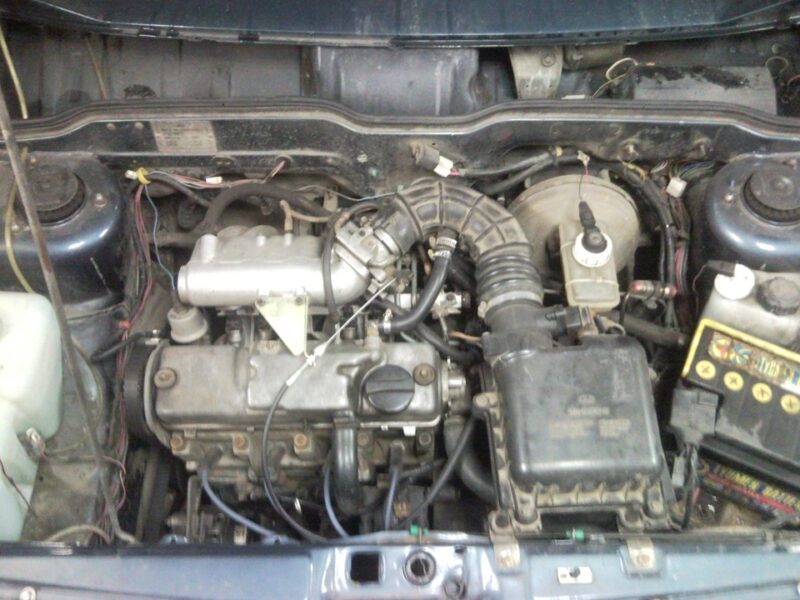
Injector - what is it? How it works and what it's for
Content
- What is an injector?
- How the injector works
- Injector device
- Types of injector nozzles
- Types of injection systems
- Difference between carburetor and injector
- Which is better: carburetor or injector?
- Injection engine care
- Common injector malfunctions
- Advantages and disadvantages of the injector
- Video on how the injector works
- Questions and answers:
In the automotive world, there are two fuel systems used in internal combustion engines. The first is carburetor, and the second is injection. If earlier all cars were equipped with carburetors (and the power of the internal combustion engine also depended on their number), then in the latest generations of vehicles of most automakers an injector is used.
Let's consider how this system differs from a carburetor system, what types of injectors are, and also what are its advantages and disadvantages.
What is an injector?
An injector is an electromechanical system in a car that is involved in the formation of an air / fuel mixture. This term refers to a fuel injector that injects fuel, but it also refers to a multi-atomizer fuel system.
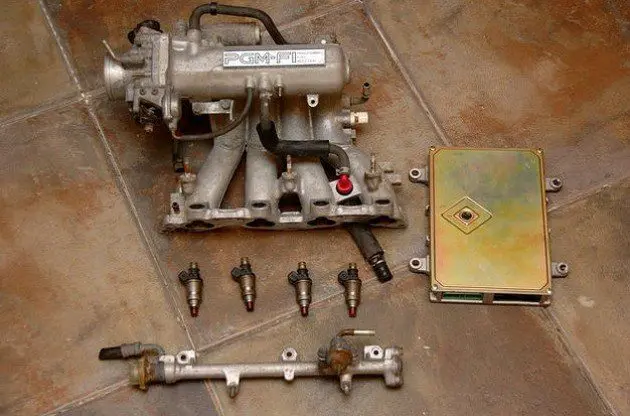
The injector operates on any type of fuel, thanks to which it is used on diesel, gasoline and gas engines. In the case of gasoline and gas equipment, the fuel system of the engine will be identical (thanks to this, it is possible to install LPG equipment on them for combining fuel). The principle of operation of the diesel version is identical, only it works under high pressure.
Injector - history of appearance
The first injection systems appeared around the same time as carburetors. The very first version of the injector was single injection. The engineers immediately realized that if it was possible to measure the flow rate of the air entering the cylinders, it was possible to organize a metered supply of fuel under pressure.
In those days, injectors were not widely used, because then scientific and technical progress did not reach such a development that cars with injection engines were available to ordinary motorists.
The simplest in terms of design, as well as reliable technology, were carburetors. Moreover, when installing modernized versions or several devices on one motor, it was possible to significantly increase its performance, which confirms the participation of such cars in car competitions.
The first need for injectors appeared in motors that were used in aviation. Due to frequent and severe overloads, fuel did not flow well through the carburetor. For this reason, advanced forced fuel injection (injector) technology was used in fighters during the Second World War.

Since the injector itself creates the pressure necessary for the operation of the unit, it is not afraid of the overloads experienced by the aircraft in flight. Aviation injectors stopped improving when piston engines began to be supplanted by jet engines.
In the same period, sports car developers drew attention to the merits of injectors. Compared to carburetors, the injector provided the engine with more power for the same cylinder volume. Gradually, innovative technology migrated from sports to civilian transport.
In the automotive industry, injectors began to be introduced immediately after the Second World War. Bosch was the leader in the development of injection systems. First, the K-Jetronic mechanical injector appeared, and then its electronic version appeared - KE-Jetronic. It was thanks to the introduction of electronics that the engineers were able to increase the performance of the fuel system.
How the injector works
The simplest injection-type system includes the following elements:
- ECU;
- Electric petrol pump;
- Nozzle (depending on the type of system, it can be one or more);
- Air and throttle sensors;
- Fuel pressure control.
The fuel system operates according to the following scheme:
- An air sensor records the volume entering the engine;
- From it, the signal goes to the control unit. In addition to this parameter, the main device receives information from other devices - the crankshaft sensor, engine and air temperature, throttle valve, etc.;
- The unit analyzes the data and calculates with what pressure and at what moment to supply fuel to the combustion chamber or manifold (depending on the type of system);
- The cycle ends with a signal to open the nozzle needle.
More details on how the car's injection system works is described in the following video:
Injector device
The injector was first developed in 1951 by Bosch. This technology was used in the two-stroke Goliath 700. Three years later, it was installed in the Mercedes 300 SL.
Since this fuel system was a curiosity and was very expensive, car manufacturers hesitated to introduce it into the powertrain line. With the tightening of environmental regulations following the global fuel crisis, all brands have been forced to consider equipping their vehicles with such a system. The development was so successful that today all cars are equipped with an injector by default.
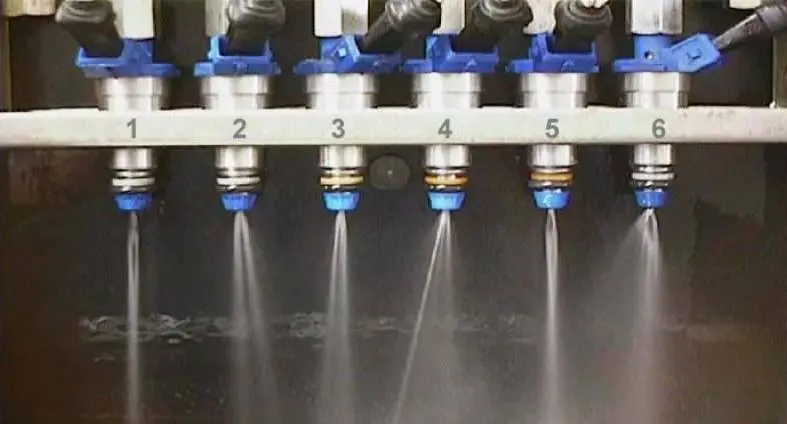

The design of the system itself and the principle of its operation are already known. As for the atomizer itself, its device includes the following elements:
- A rubber seal that does not allow air to enter the line circuit at the point where the fuel cell is connected;
- Fine filter prevents clogging of the spray hole;
- Connector for connecting wires;
- Electromagnet - sets the needle in motion;
- The winding of the electromagnet activates the movement of the magnet itself;
- A spring that returns the raised needle to its place;
- A rubber seal that prevents air from entering between the intake manifold and the walls of the nozzle;
- Needle - performs the function of a valve through which fuel is injected;
- Models used in direct injection systems have an additional protective hood. It prevents the housing from overheating when the HTS ignites.
Types of injector nozzles
Also, the nozzles differ among themselves in the principle of fuel atomization. Here are their main parameters.
Electromagnetic nozzle
Most gasoline engines are equipped with just such injectors. These elements have a solenoid valve with a needle and nozzle. During operation of the device, voltage is applied to the magnet winding.
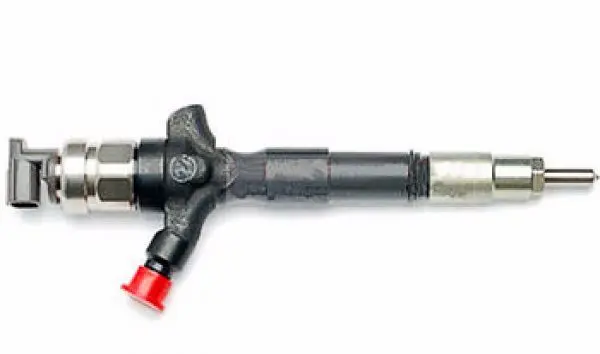

The pulse frequency is controlled by the control unit. When a current is applied to the winding, a magnetic field of the corresponding polarity is formed in it, due to which the valve armature moves, and with it the needle rises. As soon as the tension in the winding disappears, the spring moves the needle into its place. The high fuel pressure makes it easier to return the locking mechanism.
Electro-hydraulic nozzle
This type of spray is used in diesel engines (including the modification of the Common Rail fuel rail). The sprayer also has a solenoid valve, only the nozzle has flaps (inlet and drain). With the electromagnet de-energized, the needle stays in place and is pressed against the seat by the fuel pressure.
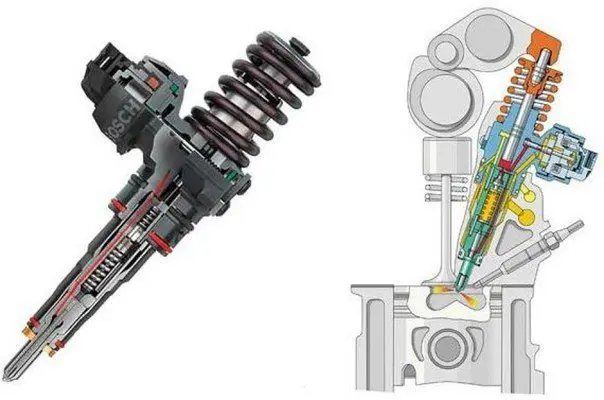

When the computer sends a signal to the drain throttle, diesel fuel enters the fuel line. The pressure on the piston becomes less, but it does not decrease on the needle. Due to this difference, the needle rises and through the hole the diesel fuel enters the cylinder under high pressure.
Piezoelectric nozzle
This is the latest development in the field of injection systems. It is mainly used in diesel engines. One of the advantages of this modification compared to the first is that it works four times faster. In addition, the dosage in such devices is more accurate.
The device of such a nozzle also includes a valve and a needle, but also a piezoelectric element with a pusher. The atomizer works on the principle of pressure difference, as is the case with the electro-hydraulic analogue. The only difference is the piezo crystal, which changes its length under stress. When an electrical impulse is applied to it, its length becomes longer.
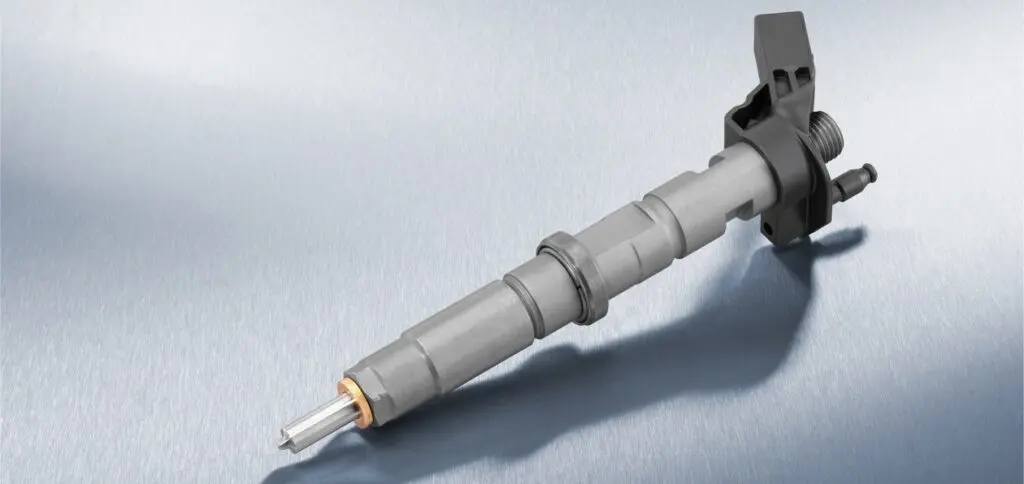

The crystal acts on the pusher. This moves the valve open. Fuel enters the line and a pressure difference is formed, due to which the needle opens the hole for spraying diesel fuel.
Types of injection systems
The first designs of injectors only partially had electrical components. Most of the design consisted of mechanical components. The latest generation of systems is already equipped with a variety of electronic elements that ensure stable engine operation and the highest quality fuel dosage.
To date, only three fuel injection systems have been developed:
- Monoinjection;
- Multi-injection;
- Direct injection.
Central (single injection) injection system
In modern cars, such a system is practically not found. It has a single fuel injector, which is installed in the intake manifold, just like the carburetor. In the manifold, gasoline is mixed with air and, with the help of traction, enters the corresponding cylinder.
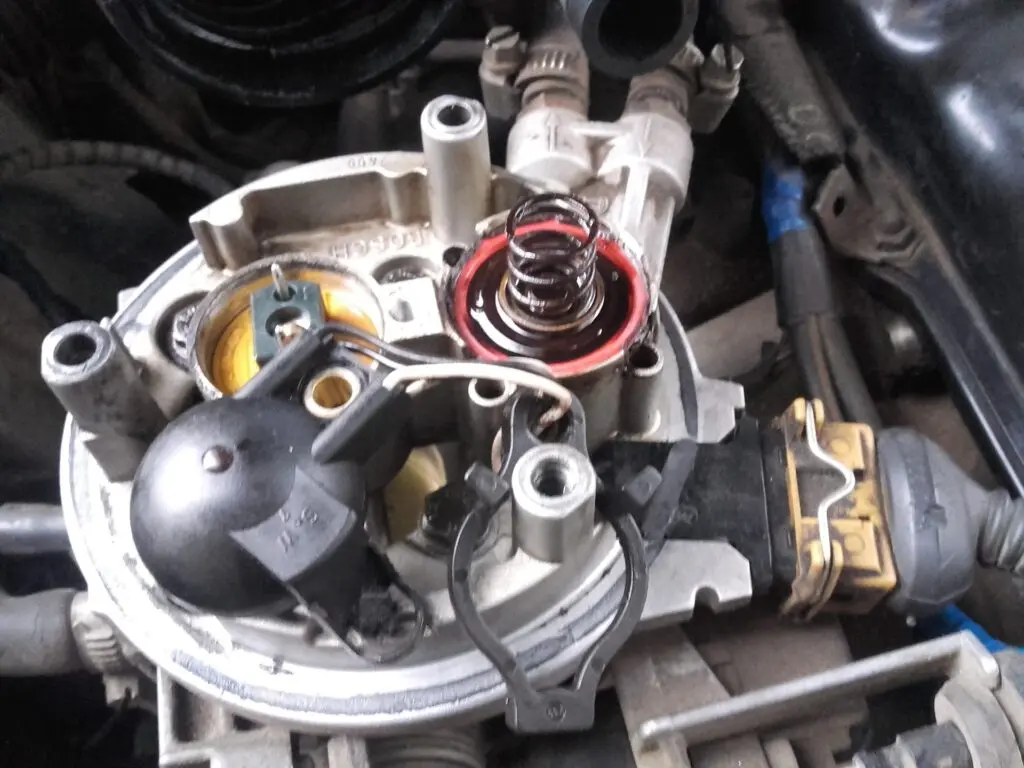

The carburetor engine differs from the injection engine with single injection only in that in the second case, forced atomization is carried out. This divides the batch into more small particles. This provides improved combustion of the BTC.
However, this system has a significant drawback, which is why it quickly became outdated. Because the sprayer was installed too far from the intake valves, the cylinders were filled unevenly. This factor significantly influenced the stability of the internal combustion engine.
Distributed (multi-injection) injection system
The multi-injection system quickly replaced the analogue mentioned above. Until now, it is considered the most optimal for gasoline engines. In it, injection is also carried out into the intake manifold, only here the number of injectors corresponds to the number of cylinders. They are installed as close as possible to the intake valves, thanks to which the chamber of each cylinder receives an air-fuel mixture with the desired composition.
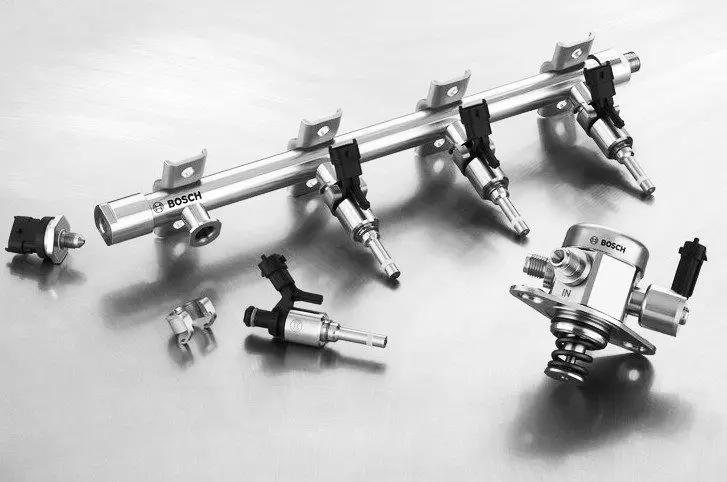

The distributed injection system made it possible to reduce the "gluttony" of engines without losing power. In addition, such machines are more consistent with environmental standards than carburetor counterparts (and those that are equipped with a single injection).
The only drawback of such systems is that, due to the presence of a large number of actuators, the tuning and maintenance of the fuel system is difficult enough to be performed in your own garage.
Direct injection system
This is the latest development that is used on gasoline and gas engines. As for diesel engines, this is the only type of injection that can be used in them.
In a direct fuel supply system, each cylinder has an individual injector, as in a distributed system. The only difference is that the atomizers are installed directly above the combustion chamber of the cylinder. Spraying is carried out directly into the working cavity, bypassing the valve.
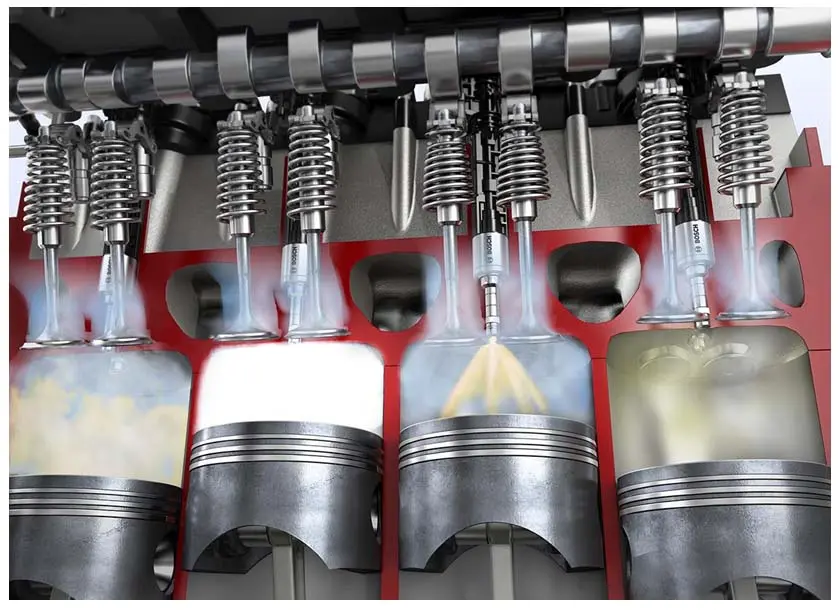

This modification allows you to increase the efficiency of the engine, further reduce its consumption and make the internal combustion engine more environmentally friendly due to the high-quality combustion of the air-fuel mixture. As in the case of the previous modification, this system has a complex structure and requires high-quality fuel.
Difference between carburetor and injector
The most important difference between these devices is in the MTC formation scheme and the principle of its submission. As we found out, the injector carries out forced injection of gasoline, gas or diesel fuel and due to atomization the fuel mixes better with air. In the carburetor, the quality of the vortex that is created in the air chamber plays a major role.
The carburetor does not consume the energy generated by the generator, nor does it require complex electronics to operate. All elements in it are exclusively mechanical and work on the basis of physical laws. The injector will not work without an ECU and electricity.
Which is better: carburetor or injector?
The answer to this question is relative. If you buy a new car, then there is no choice - carburetor cars are already in history. In a car dealership, you can only buy an injection model. However, there are still many vehicles with a carburetor engine in the secondary market, and their number will not decrease in the near future, as factories still continue to produce spare parts for them.
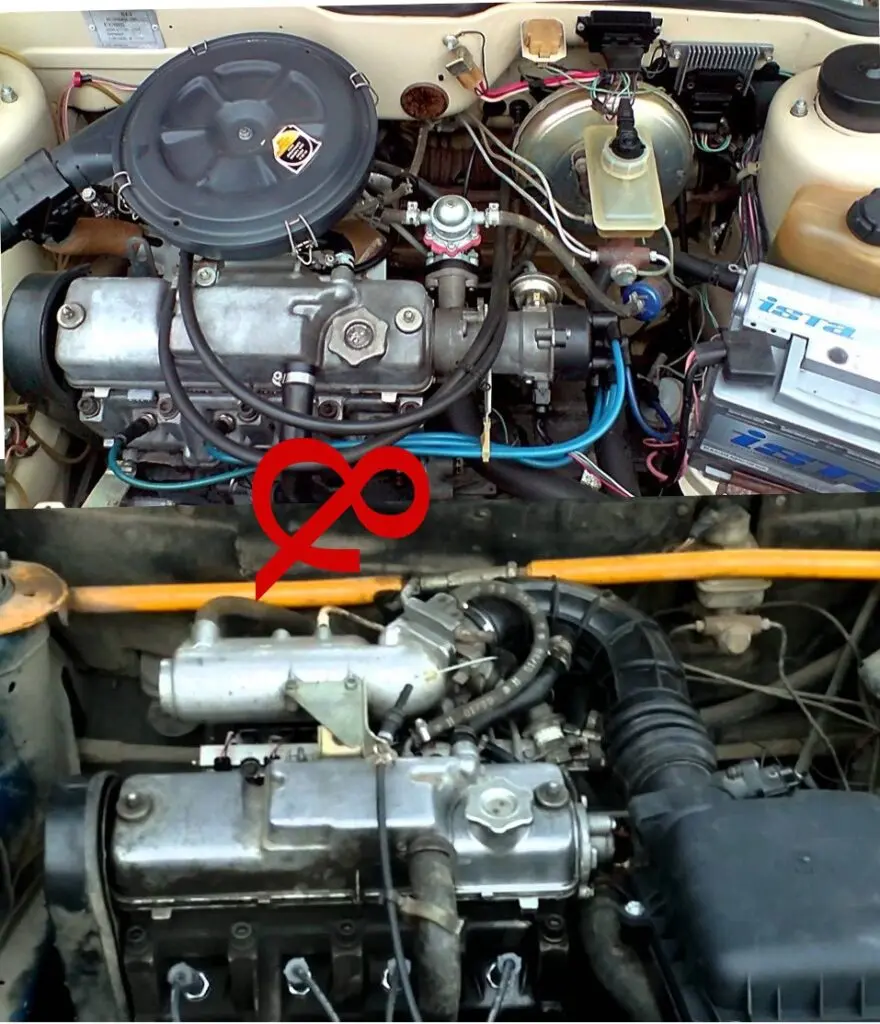

When deciding on the type of engine, it is worth considering in what conditions the machine will be used. If the main mode is a rural area or a small town, then the carburetor machine will do its job well. In such areas, there are few high-quality service stations that can properly repair the injector, and the carburetor can be fixed even by yourself (YouTube will help increase the level of self-education).
As for big cities, the injector will allow you to save a lot (compared to the carburetor) in conditions of dragging and frequent traffic jams. However, such an engine will require a certain fuel (with a higher octane number than for a simpler type of internal combustion engine).
Using a motorcycle fuel system as an example, the following video shows the advantages and disadvantages of carburetors and injectors:


Watch this video on YouTube
Injection engine care
Maintenance of the fuel injection system is not such a difficult procedure. The main thing is to follow the manufacturer's recommendations for routine maintenance:
- Change the air filter in time;
- Do not forget about replacing the fine fuel filter;
- Periodically check the system sensor contacts for oil or dust contamination;
- Do not drive with an almost empty tank (this is often the reason for the failure of the fuel pump);
- Fill the tank with the correct fuel.
These simple rules will avoid unnecessary waste on the repair of failed elements. As for setting the operating mode of the motor, this function is performed by the electronic control unit. Only in the absence of a signal from one of the sensors on the instrument panel will the Check Engine signal light up.
Even with proper maintenance, it is sometimes necessary to clean the fuel injectors.
Flushing injector
The following factors may indicate the need for such a procedure:
- The engine does not start well;
- Floating idle speed;
- Decreased dynamics during overclocking;
- The car has become more "gluttonous".
Basically, injectors are clogged due to impurities in the fuel. They are so small that they seep through the filter elements of the filter.
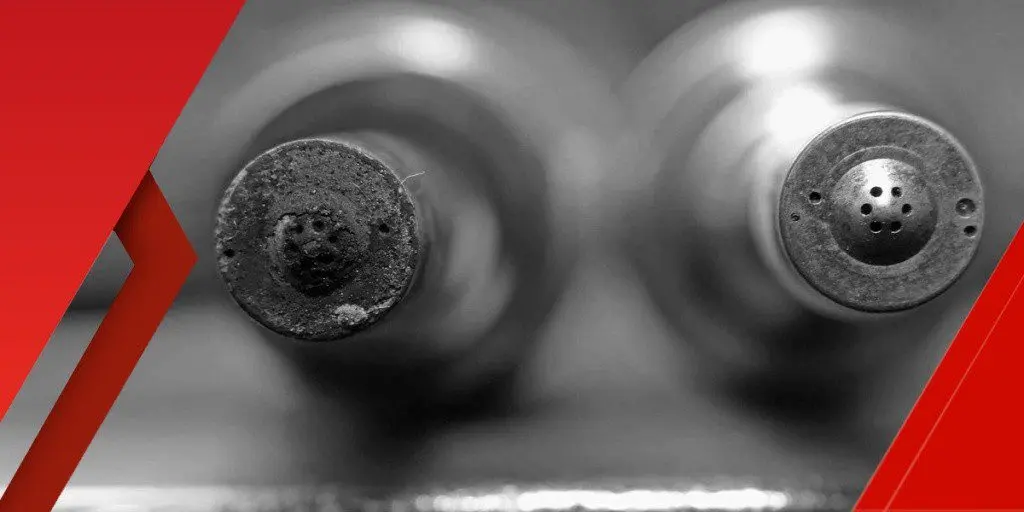

The injector can be flushed in two ways: take the car to the service station and perform the procedure at the stand, or do it yourself using special chemicals. The second procedure is performed in the following sequence:
- First, you will need to create an alternative fuel system - a small container with fuel to which a purifier is added (the concentration of the substance is indicated on its container, but often one liter of fluid is designed to process 2,5 liters of engine volume). Another fuel pump is installed here;
- The engine is warmed up to operating temperature;
- After that, you need to de-energize the main fuel pump. To do this, just remove its fuse;
- Several times an attempt is made to start the engine without a pump. This is necessary so that the pressure in the line drops;
- The fuel supply hose is disconnected;
- The return hose must be plugged. To do this, it is removed from the fitting and a thick bolt is screwed into it;
- A new fuel system is connected;
- The engine starts. He should work for 5 minutes, after which he is jammed;
- In order for the agent to corrode deposits in the nozzles, you need to wait a couple of minutes and start the internal combustion engine again;
- Let the engine run for about 30 minutes, periodically increasing the speed to a value of 2500 rpm;
- The alternative fuel system is disconnected and the standard one is connected;
- The motor is started for 10 minutes to remove any residual cleaning agent;
- After completing the procedure, the spark plugs are replaced with new ones.
It should be noted that this cleaning does not remove impurities from the fuel tank. This means that if the cause of the blockage is low-quality fuel, then it must be completely drained from the tank and filled with clean fuel.
How safe this procedure is, see the video:


Watch this video on YouTube
Common injector malfunctions
Despite the high reliability of injectors and their efficiency, the more finely worked elements in the system, the greater the likelihood of failure of this system. such is the reality, and it has not bypassed the injectors.
Here are the most common damage to the injection system:
- Failure of the fuel pump (natural wear and tear and low-quality fuel);
- Breakage of nozzles (low-quality fuel - clogging, valve failure);
- Clogging of the mass air flow sensor (less often its analogue, the absolute pressure sensor, fails);
- Oxidation of electronics connectors;
- Failure of the budget throttle position sensor;
- Clogged throttle channels;
- Air leaks into the fuel.
Most breakdowns lead to unstable operation of the power unit. Its complete stop occurs due to the failure of the fuel pump, all the injectors at once and the failure of the DPKV. The control unit tries to bypass the rest of the problems and stabilize the operation of the internal combustion engine (in this case, the motor icon will glow on the tidy).
Advantages and disadvantages of the injector
The advantages of the injector include:
- More efficient formation of the air-fuel mixture;
- The power of the power unit, in comparison with a carburetor engine with the same parameters, is up to 10 percent higher;
- Electronics more economically consumes fuel and more efficiently distributes the injection moment;
- The injector's emissions are nearly 75 percent more environmentally friendly than the carburetor;
- Greater stability - electronics do not need to be adjusted as often than mechanical devices;
- In winter, the injection motor goes into operating mode faster - it does not need long-term heating.
In addition to the advantages, this system has significant disadvantages that do not allow motorists with modest income to give preference to the carburetor:
- The cost of the system itself, its maintenance or repair is much more expensive than the same parameters as that of the carburetor;
- To carry out diagnostics, you need a specialist with special equipment;
- Electronics or sensors of injection engines rarely fail, but when this happens, you have to spend a decent amount to return the car to its previous dynamics;
- An engine equipped with an injector is selective for fuel quality. If the carburetor runs perfectly quietly on 92nd gasoline, then the injector needs at least 95th.
The fuel injection system has proven to be quite stable and reliable. However, if there is a desire to upgrade the carburetor engine of your car, then you should weigh the pros and cons.
Video on how the injector works
Here is a short video on how a modern engine with an injection fuel system works:


Watch this video on YouTube
Questions and answers:
What is an injector in simple terms? From English injection (injection or injection). Basically, it is an injector that sprays fuel into the intake manifold or directly into the cylinder.
What does injection vehicle mean? This is a vehicle that uses a fuel system with injectors that spray petrol / diesel fuel into the engine cylinders or intake manifold.
What is the injector for in the car? Since the injector is part of the fuel system, the injector is designed to mechanically atomize fuel in the engine. It can be a diesel or gasoline injector.
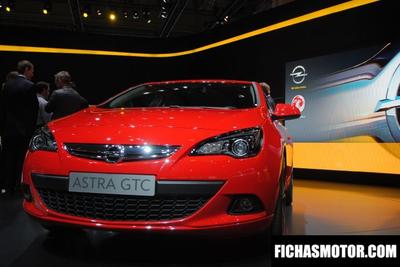

One comment
accès
Mechanics are good for me I love you mechanics.